DOE releases Energy Storage Grand Challenge Roadmap; 44% reduction in manufactured cost for 300-mile EV pack by 2030
Green Car Congress
DECEMBER 22, 2020
In addition to concerted research efforts, the Roadmap’s approach includes accelerating the transition of technologies from the lab to the marketplace, focusing on ways to manufacture competitively technologies at scale in the United States, and ensuring secure supply chains to enable domestic manufacturing.

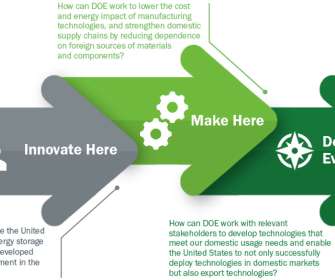

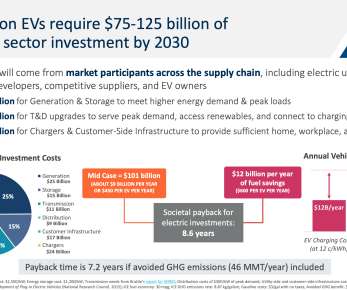



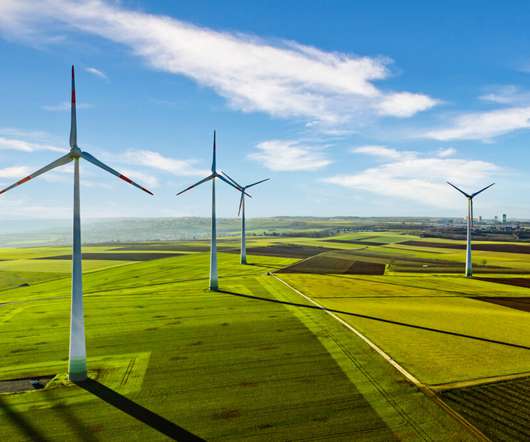
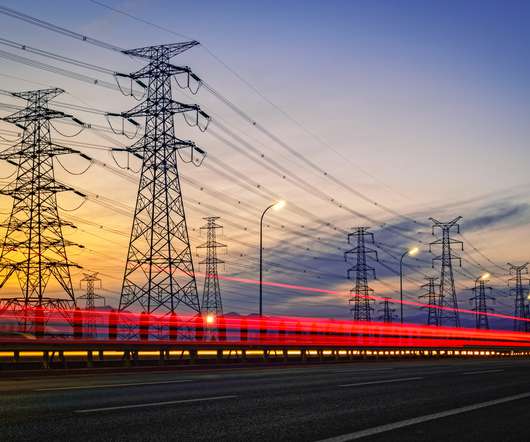
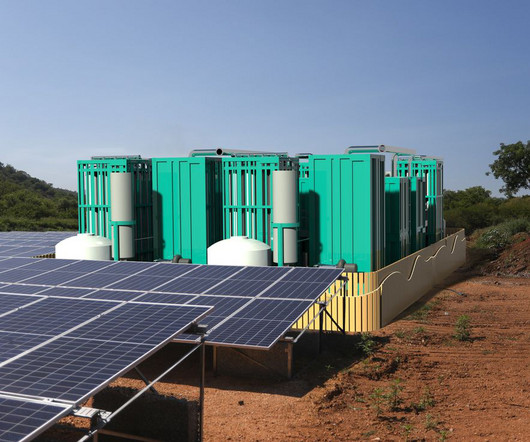



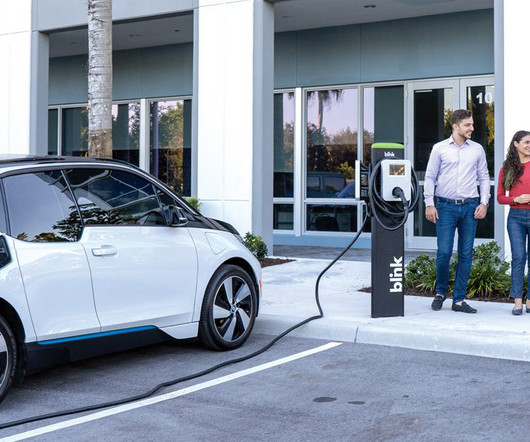



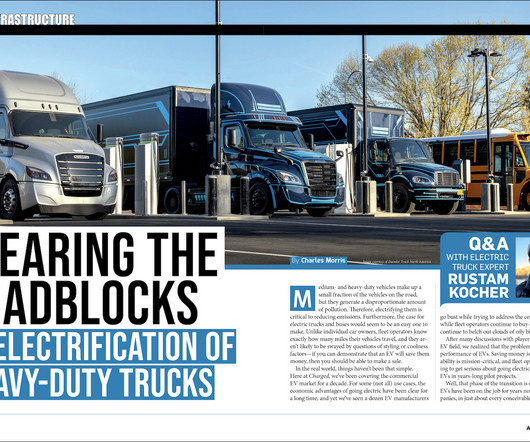
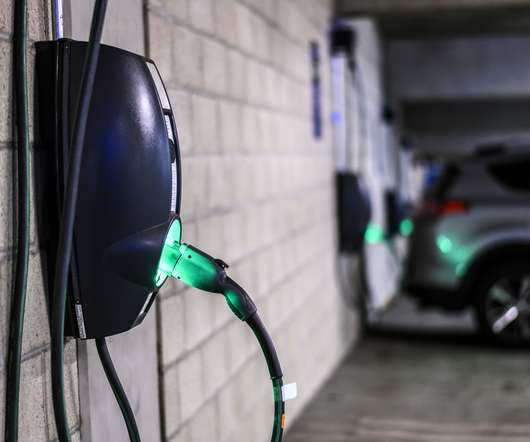








Let's personalize your content